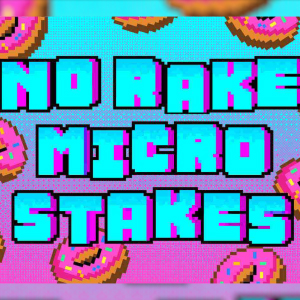How to succeed vigorously – II
 this article the bread and butter of postflop stats and correlations with preflop ranges. What you have to know is that you can analyze these to the brink of your extinction, but if you don’t know what are the really USEFUL ones are, you’re going to just be analyzing to infinity and beyond!
this article the bread and butter of postflop stats and correlations with preflop ranges. What you have to know is that you can analyze these to the brink of your extinction, but if you don’t know what are the really USEFUL ones are, you’re going to just be analyzing to infinity and beyond!So let’s get to the most important postflop stats and how you can use them to your advantage, generating as much havoc as possible:
You probably already know that set-mining, if you’re playing Full Ring, works pretty decent but it’s not like it used to be. Players aren’t stacking off flops with top pair no kicker anymore, and sometimes weak players can find folds with overpairs. In 6-max it’s worse, because people aren’t as tight as before, and having a wider range, when you hit that set you’re a lot less likely to get paid off. But let’s see how we can solve this problem.
Fold Flop C-bet to raise is influenced by board texture, villain’s opening range, and how he reacts to raises in general. Let’s say that we’re raising a standard amount on the flop which is 2.5x the C-bet, and the C-bet is the usual 2/3 pot. So we’re laying down 5/3 to win the other 2/3+3/3(the pot)=5/3. We need the opponent to fold exactly 50% of the times at minimum to be able to profit indefinitely to this move.
Probably not. So most of your range is pure air! What has worked for me is raising flops when I’m in late positions, OOP versus a BTN or CO opener, on boards that I call semi-dry(or semi-wet). When a dry board is A73 rainbow, a wet board is 678ss, then a semi-dry board must be…you got it! Something of these two combined. The perfect examples have to be A58ss or Q45ss, and the reason why this is, is that now opponents can think OH he’s has a flush draw or a straight draw or an actual hand that is protecting itself from my draws and is raising now. But the good thing is that these flops are a lot harder to hit by our opponent, so he’ll believe us more often AND he hits less than on wet boards. He’s almost never floating you there!
So if his Fold Flop C-bet to Raise is higher than 50% you can raise a lot of missed hands on these boards, because he’s going to fold usually if he doesn’t hit anything. But DON’T under ANY circumstances overdo it. Players at the lower limits tend to over-adjust and you’ll get 3-bet on the flop with A high in no time.
Also, I absolutely have to specify that you need a whole lot of hands on the villain, and if his C-bet is lower than 55% don’t even bother raising any flops because you’re going to run usually into strong hands when he bets right out. With these opponents just bet when they check and only continue with strong hands when they C-bet.
2) Raise Flop C-bet
First of all you have to understand that these players raise WAY too much, even a 35% flop raise c-bet is way off the charts, and you should call them down with top pair, but you have to also be careful of their turn and river tendencies, some opponents just give up after you’ve called their flop raises, while others barrel away relentlessly on good turns and rivers that contain scare-cards. What you can do against these guys is to wait for some decent hands and just call them down, see their missed J7s at showdown and THEN you know.
We’ll be talking more about how to deal with maniacs like this and how to differentiate them from well-balanced players in the next article, and I’ll also show you some more stats that can prove useful when looking at them in the right situations.
Up until then, I’m leaving you with the greatest quote of all times about mastering opponent control:
Be like water making its way through cracks. Do not be assertive, but adjust to the object, and you shall find a way around or through it. If nothing within you stays rigid, outward things will disclose themselves.Empty your mind, be formless. Shapeless, like water. If you put water into a cup, it becomes the cup. You put water into a bottle and it becomes the bottle. You put it in a teapot, it becomes the teapot. Now, water can flow or it can crash. Be water, my friend. Bruce Lee


